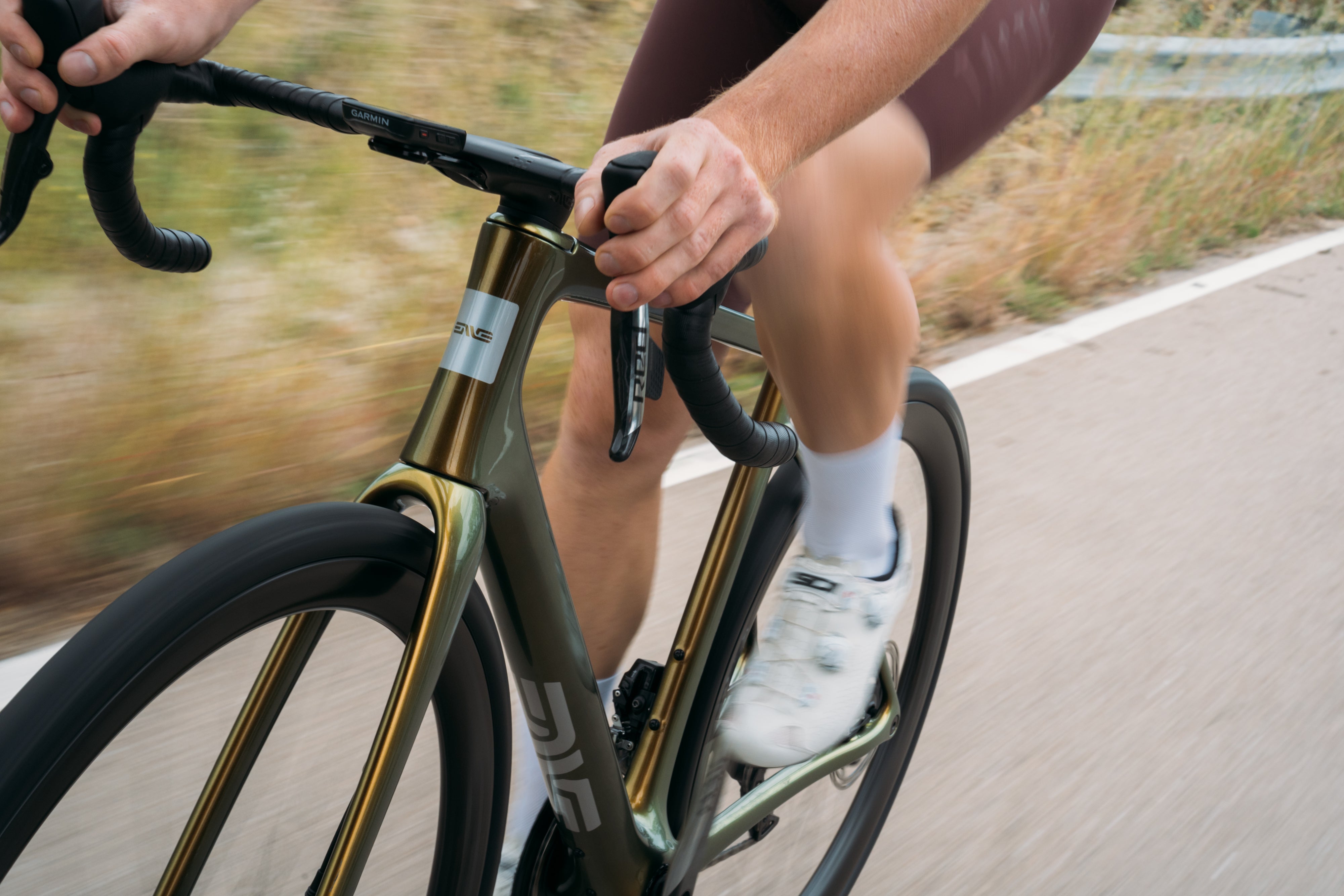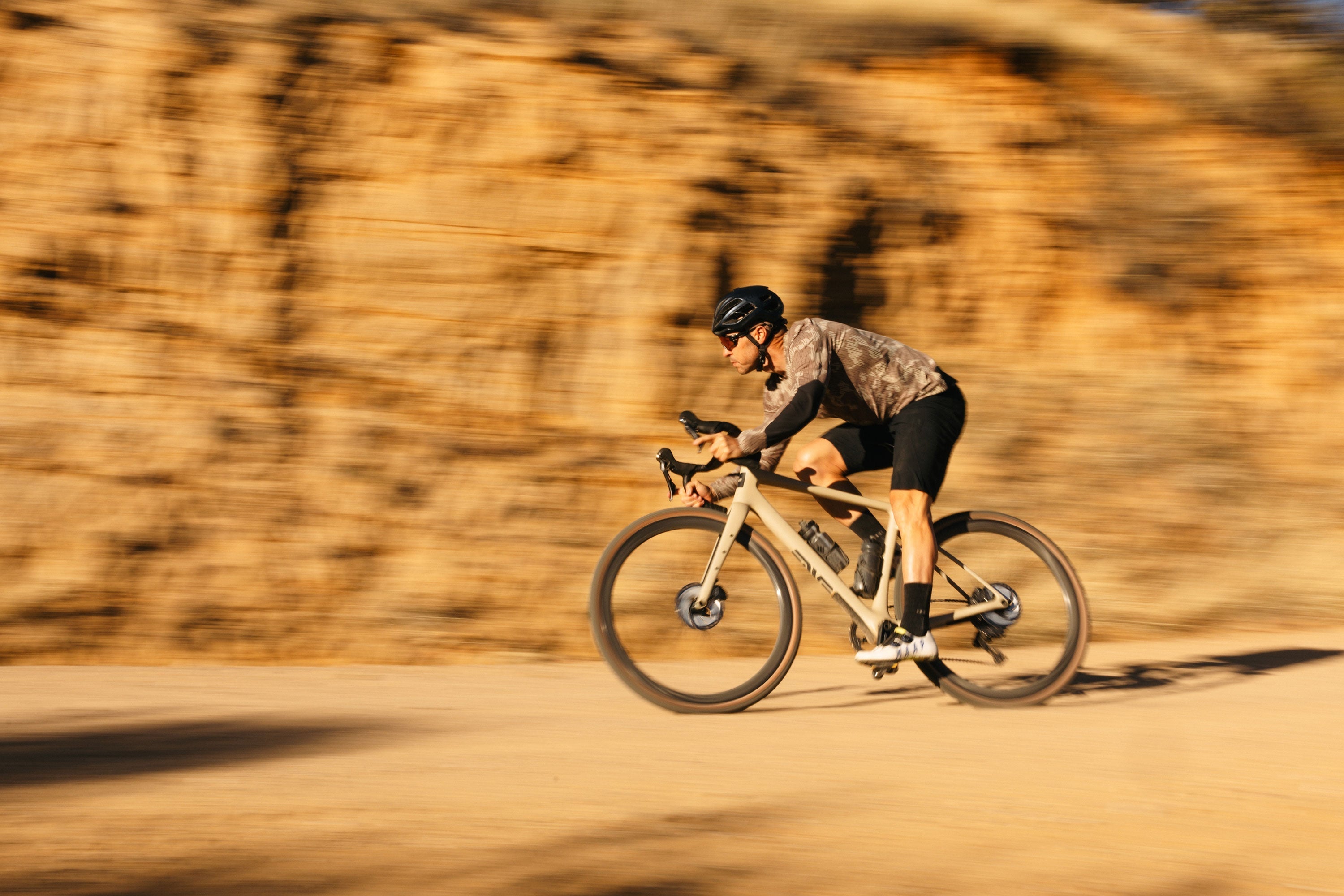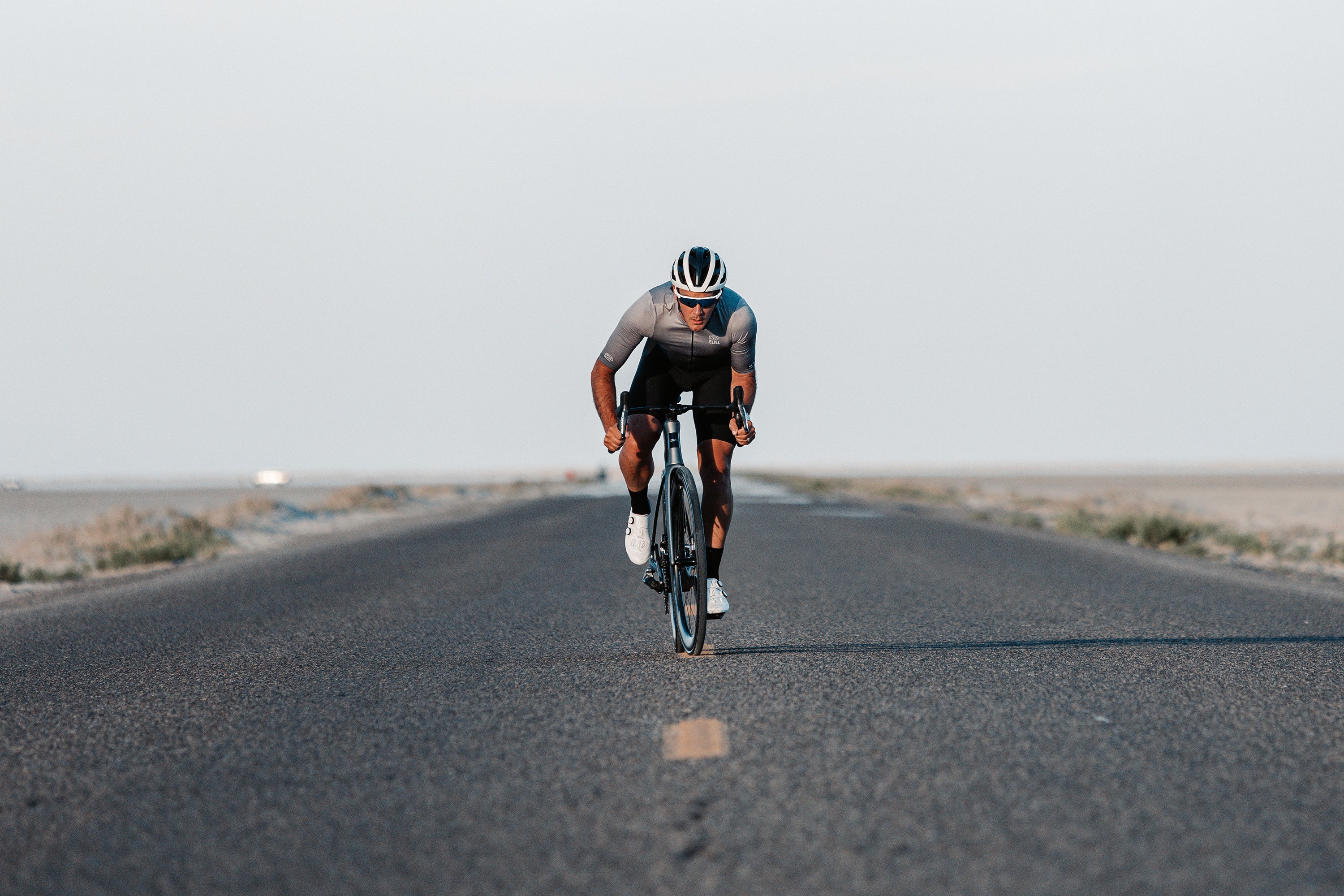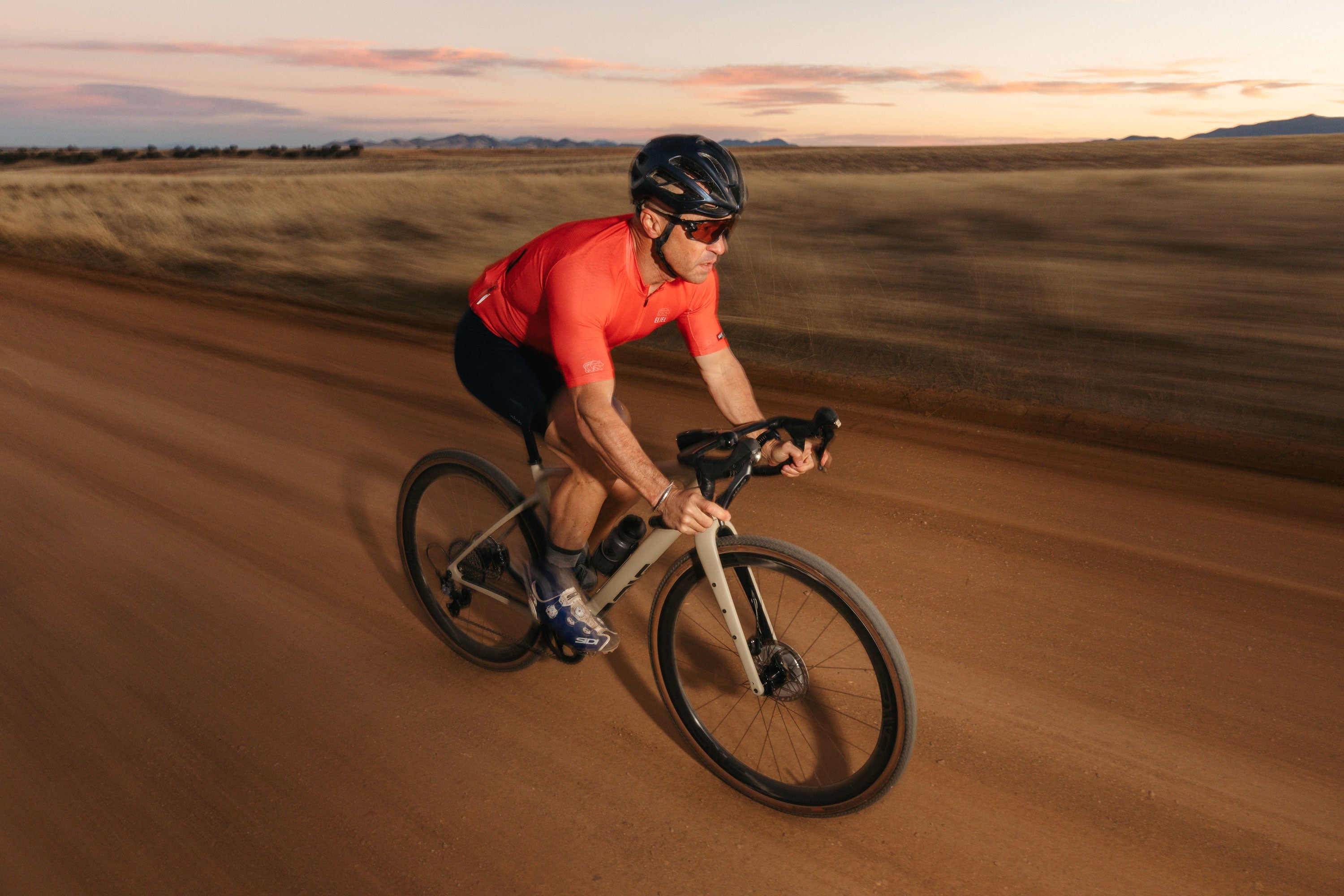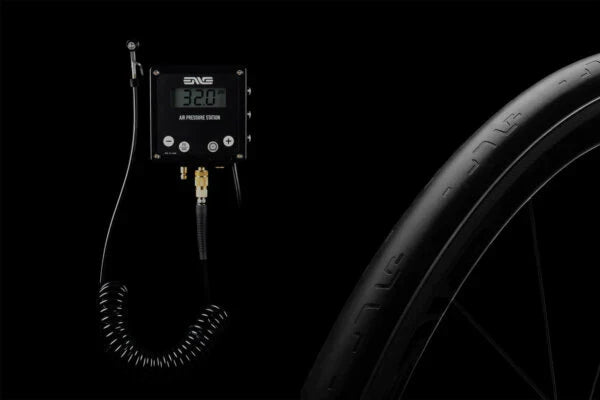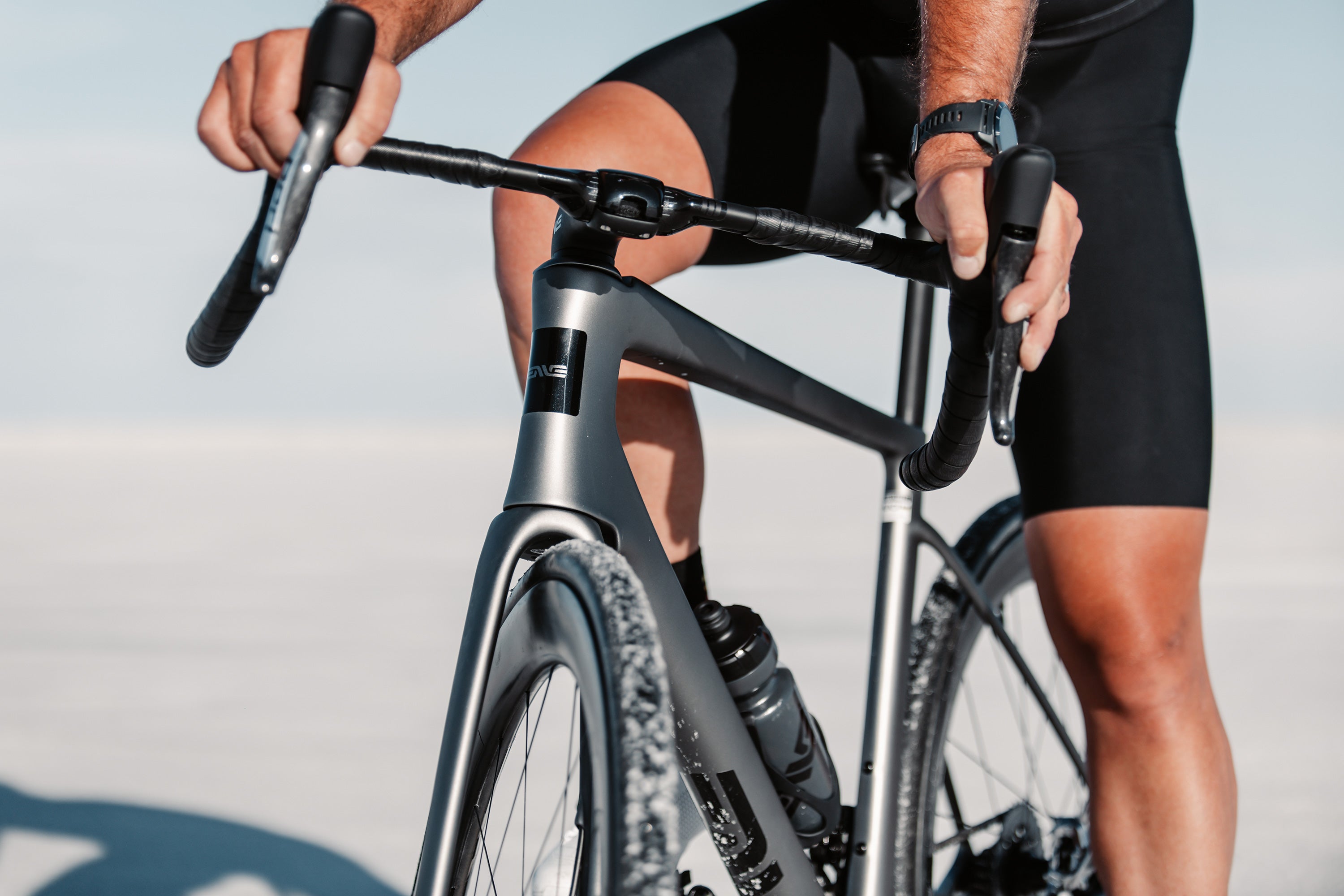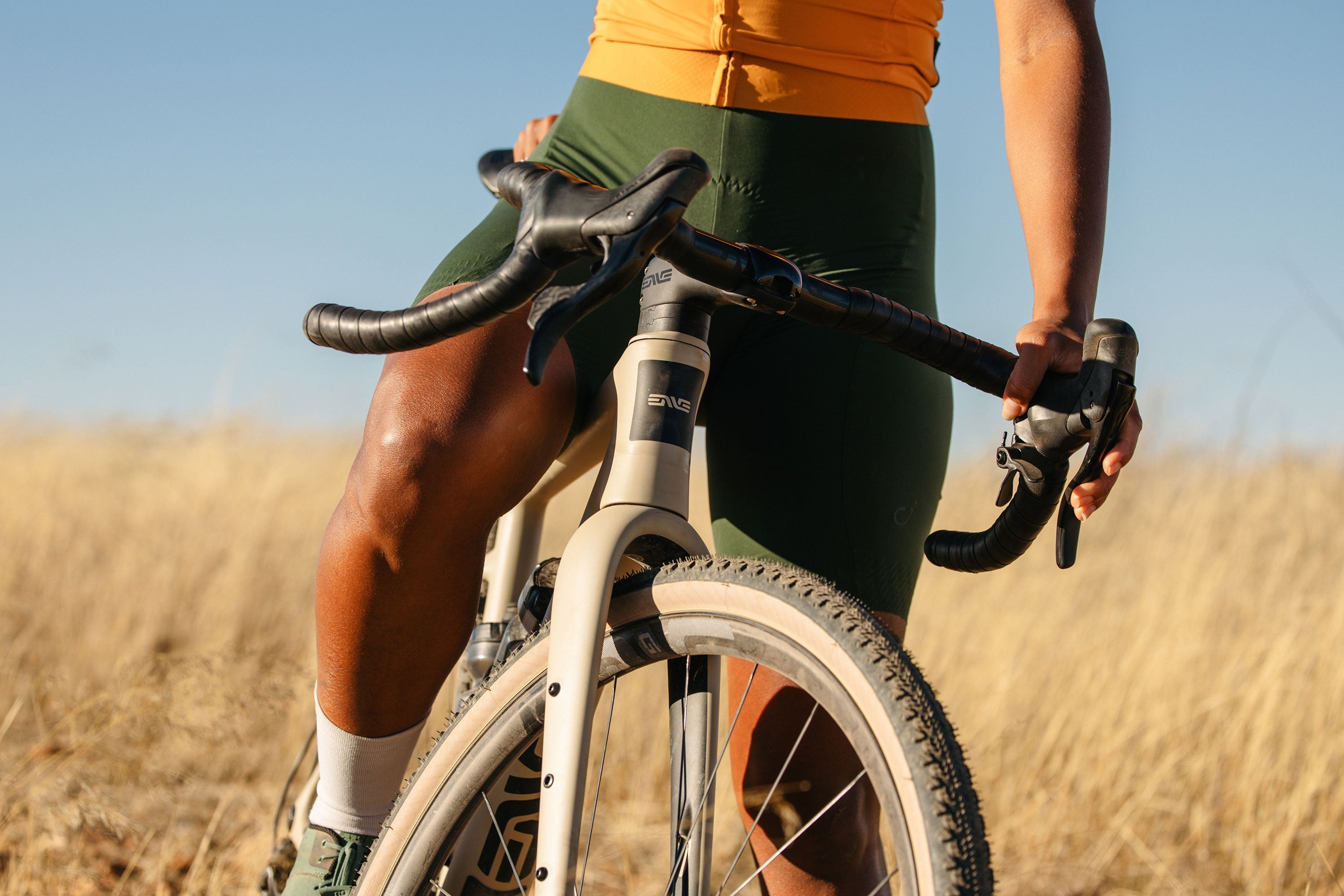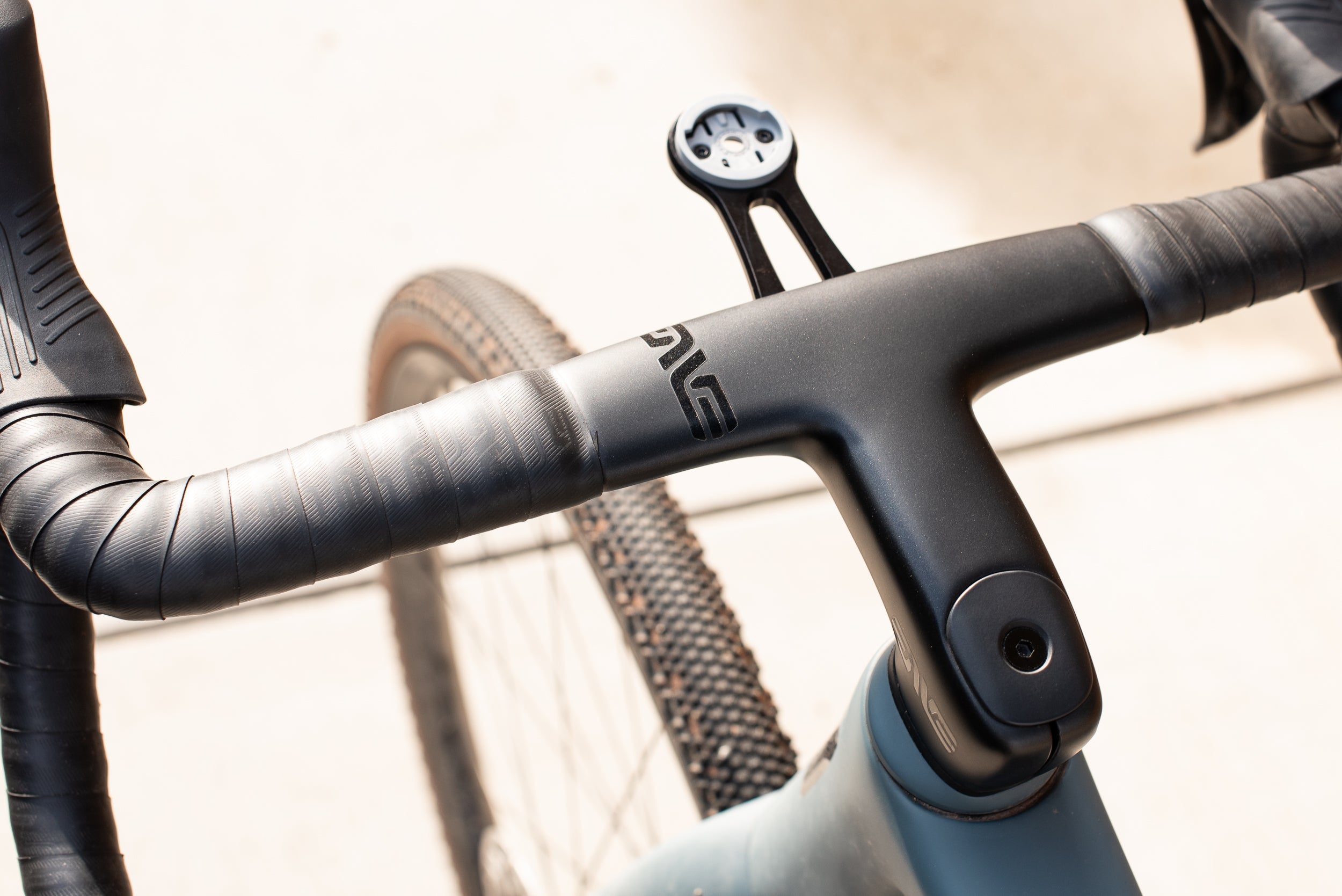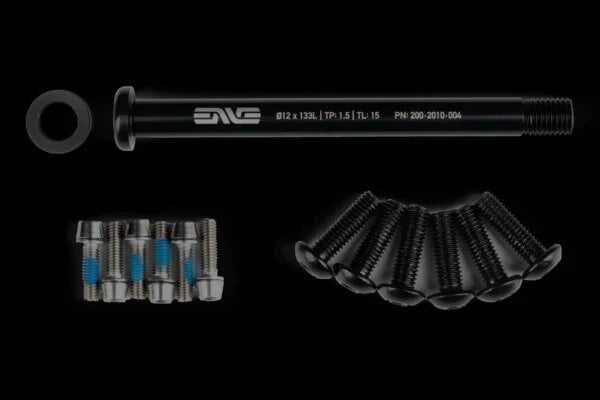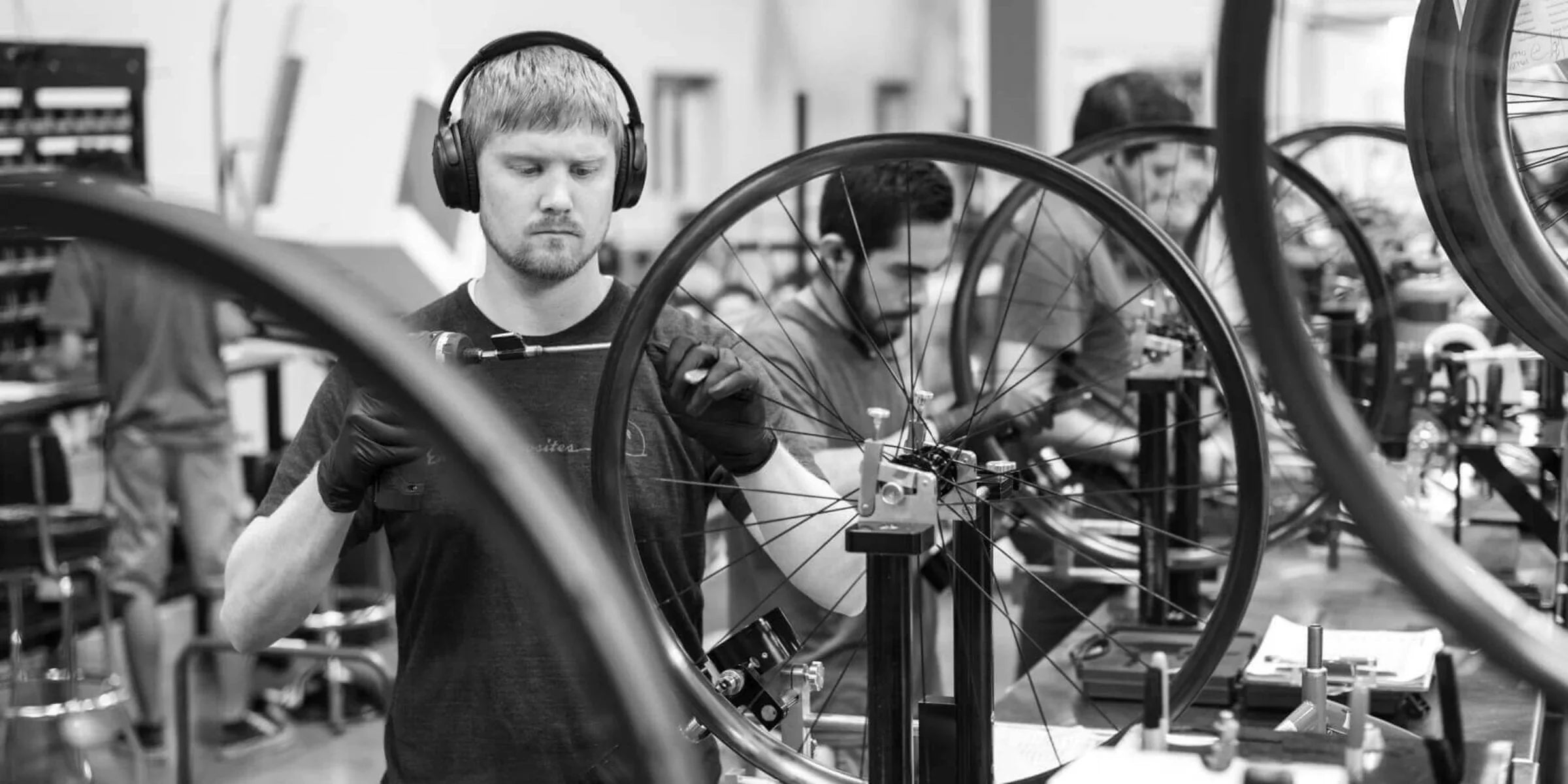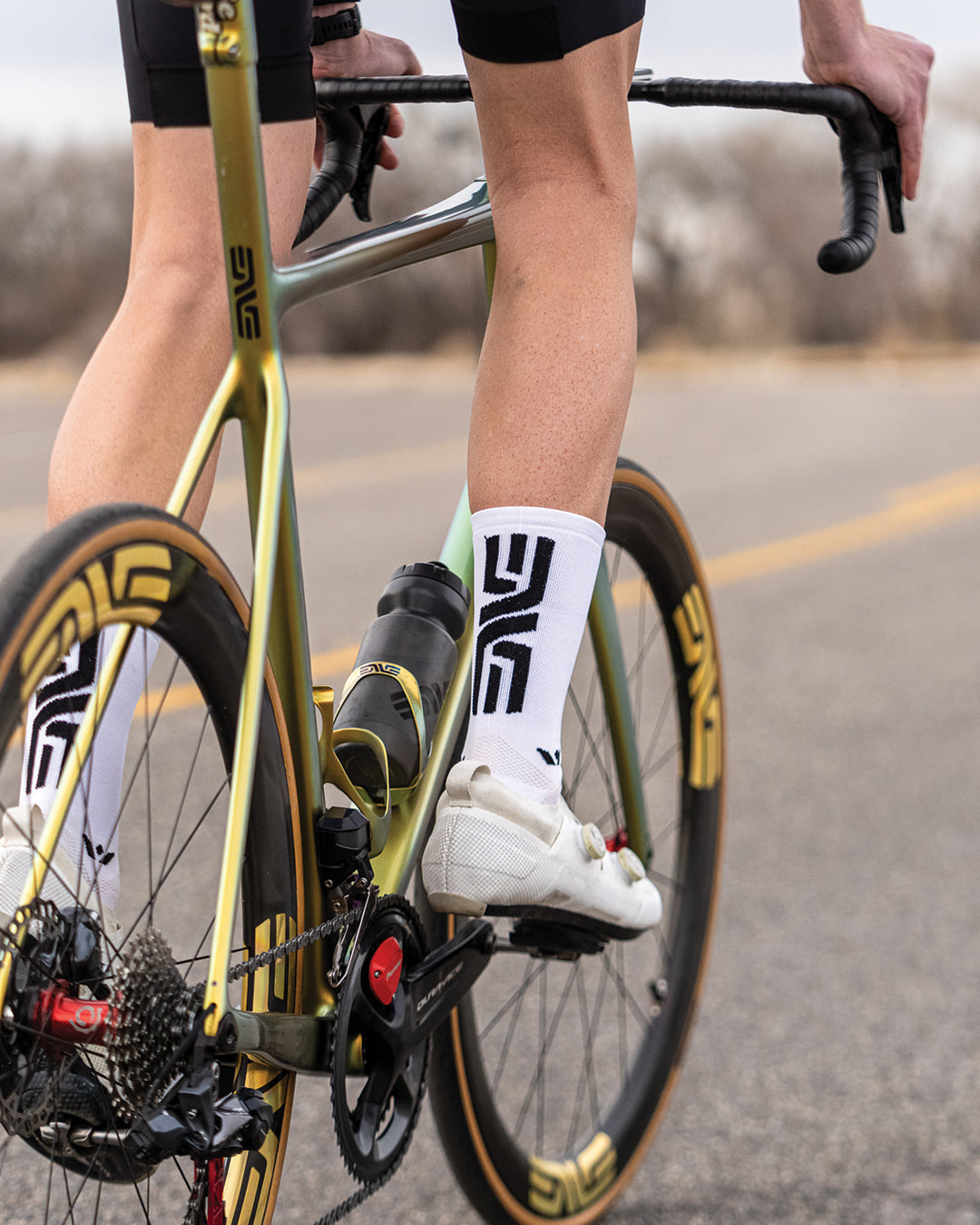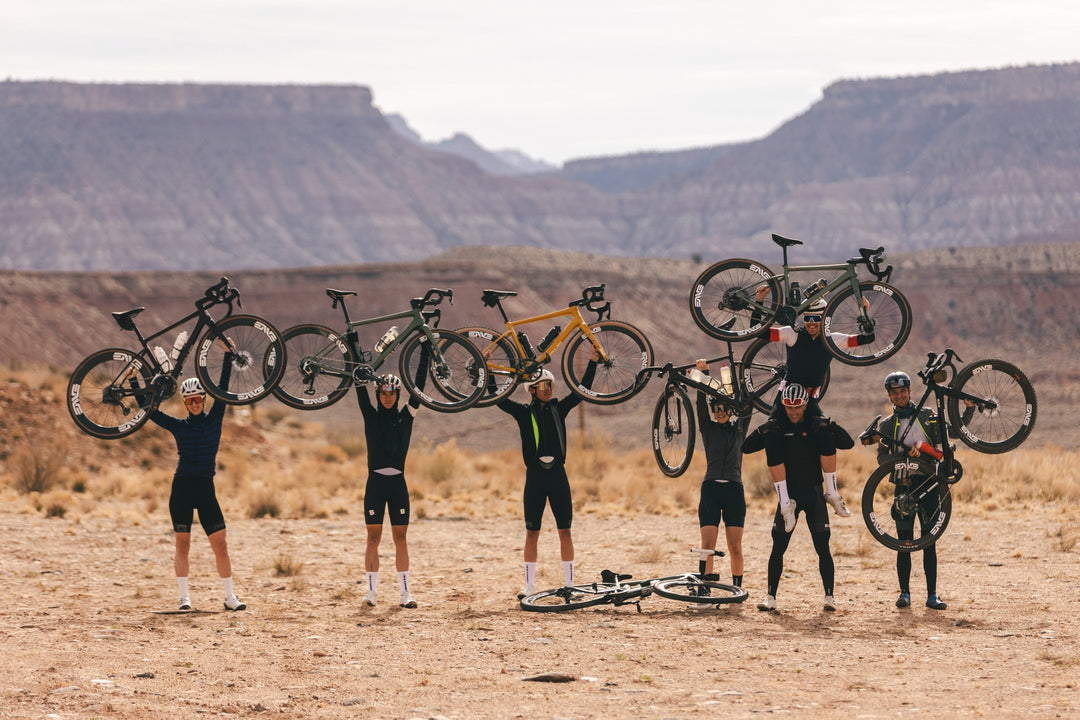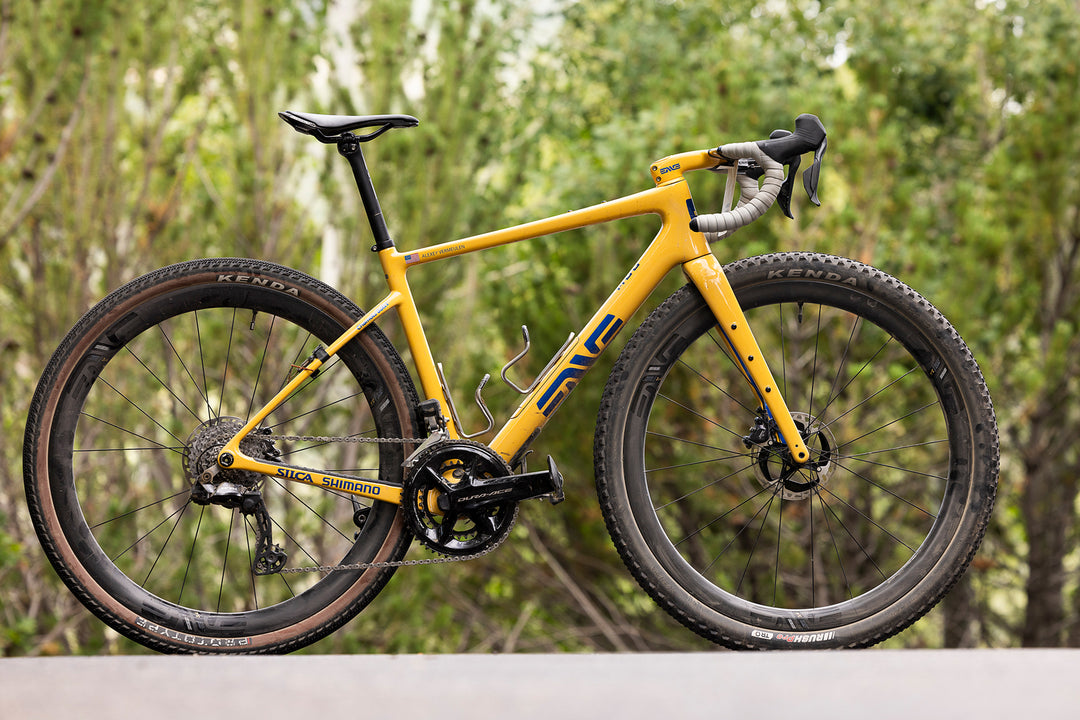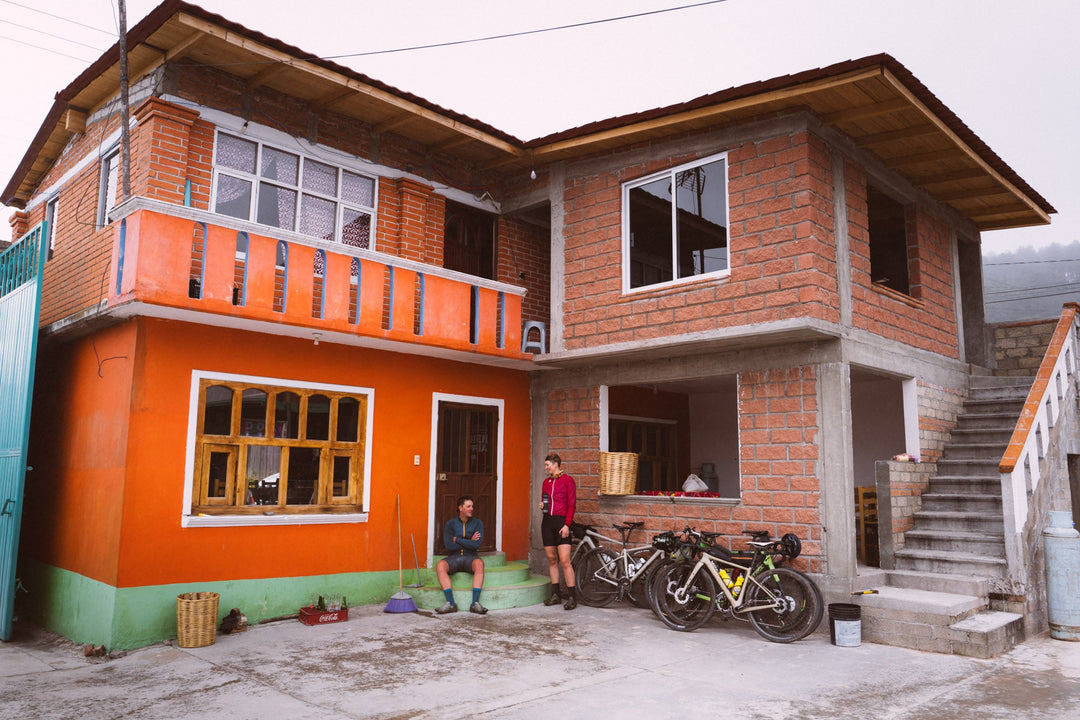How The Pros Eat on a Team Dimension Data Camp and What You Can Learn From It
HOW THE PROS EAT ON A TEAM DIMENSION DATA CAMP AND WHAT YOU CAN LEARN FROM IT
DECEMBER 30TH, 2017
In 2014, just as ENVE was looking for a special team to sponsor, one with a true purpose beyond results, Team Dimension Data principle Doug Ryder asked his riders which wheels they wanted to ride the following season. ‘ENVE,’ they told him. It was a perfect match and a true partnership was born, one that transcends even the racing success and critical product development. Now, as the team embarks on a new challenge to place an African rider on the podium of the Tour de France by 2020, we take you inside the team throughout the winter to find out how they’re working towards that goal. Stay tuned for new stories every week.
How many times have you heard it said that an athlete is only as good as the food they eat? Or, simply, ‘Crap in, crap out’. Fueling a professional cyclist for 100 hours of training and racing per month is no easy task. During our visit to Team Dimension Data’s November training camp in Cape Town, we took the opportunity to study what the riders were eating and talk to the team about the level of thought that goes into it.
The squad’s hotel, Southern Sun The Cullinan, near Cape Town’s new Waterfront development, is actually an official team partner. Team Principal Doug Ryder explains just how closely they work together: “The head chef of this hotel, Lyndsay Finn, was our chef last year at the Tour de France. That’s one of the reasons why we come here. Carol (Dr Carol Austin, Head of Performance) and her team request certain things because we know what the riders want and need.”
It’s far from a monastic existence, though. The hotel put on a pool party to welcome the team, complete with a barbecue buffet which included chicken kebabs, lamb chops, salmon steaks, pasta, rice, lasagna, broccoli, salad, and trays of mini desserts to follow. It was good eating while also sticking to very ‘clean’ food. Rather than being made to force down unenjoyable so-called superfoods, each meal does its good works through absence rather than presence. There’s nothing processed or fried, and no rich or creamy sauces laden with unnecessary calories.



It’s a similar story at breakfast. The riders eat in a separate room which offers most of the same things as the hotel’s main buffet, with the exception of the bacon and pancakes. There’s cereal, toast, scrambled eggs, potatoes, chicken sausages, yoghurts, and fruit salad. And coffee. Lots of coffee. It’s a pod machine, which displeases the connoisseurs, but it’s pretty good. The decaf pods are cast aside as if they’re poisonous.
Dr Jon Baker, whose broad new role puts him in charge of Performance Projects, explains how the team handles the riders’ diets: “We’ve had nutrition consultants in the past. Our riders are quite well educated on what and when to eat, and that’s one side of it. The other is having nutritionists literally writing the riders’ diets out for them and that doesn’t generally work so well. We can tell a rider what to eat each week but if their partner says “I’m not cooking that” or “I’m not eating that”, then you have a problem. In terms of nutrition at the races, we now have a chef at all the big WorldTour races so we can fuel the riders exactly how we want to fuel them.”
The level of control, then, is in proportion to the immediate performance demands. “At this time of year,” adds Ryder, “with the riders just starting to get back into condition, it isn’t quite as critical.” That explains the desserts.
Several soigneurs are present on the camp to manage supplies for training rides. In the basement area that the team has commandeered for the week, there’s a long table that’s permanently stocked. For amateur riders wondering what pros eat when training, and expecting it to be complicated, the contents are a welcome sight. There are bananas and apples, a selection of cereal bars bought from a supermarket, some fresh handmade South African savories, and even cake. The food might get a bit more sophisticated at the Tour de France, for instance, but this is perfectly good for any length of training ride.
The bottles generally contain plain water as the week’s training rides are relatively short, but there’s energy mix available. Eddy Boasson Hagen has a special mix for his famously delicate stomach – it contains fish oil derivatives. “Eugh! Never drink from an Eddy bottle!” advises Baker. At this camp, without the usual unlimited supply of bottles, the soigneurs are having to wash and reuse them. As an extra measure to prevent any bugs from being passed around, rider names are written on bottles so that they get the same ones back.
While the precision of the nutrition ramps up at big races, the food at this early winter team camp is refreshingly palatable and straightforward. If you want to push your own riding forwards, you would do well to adopt a similar approach.



